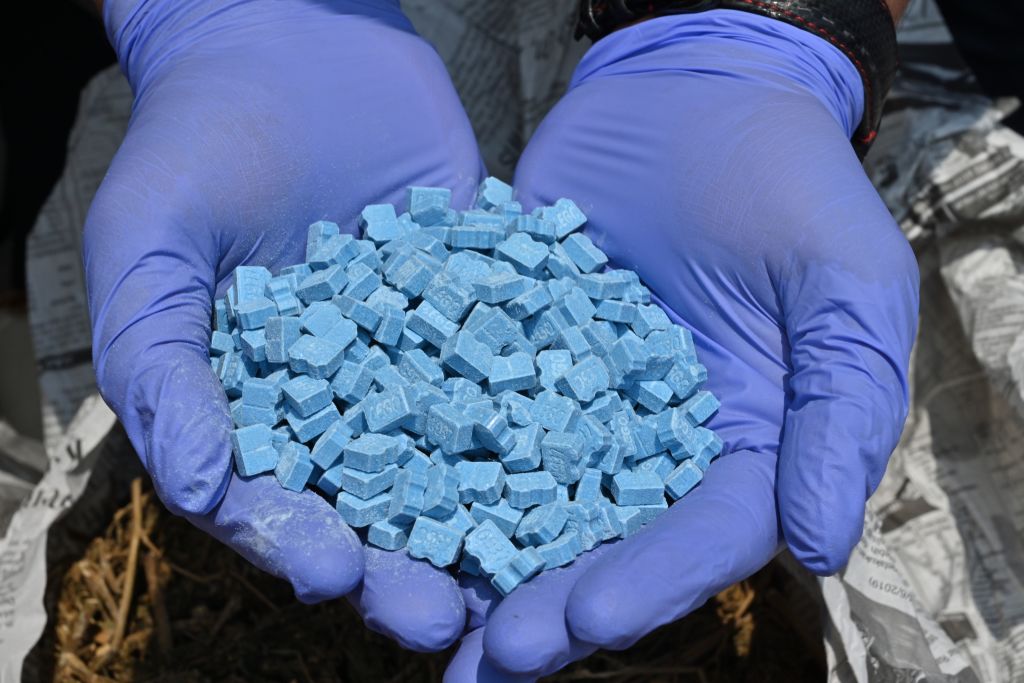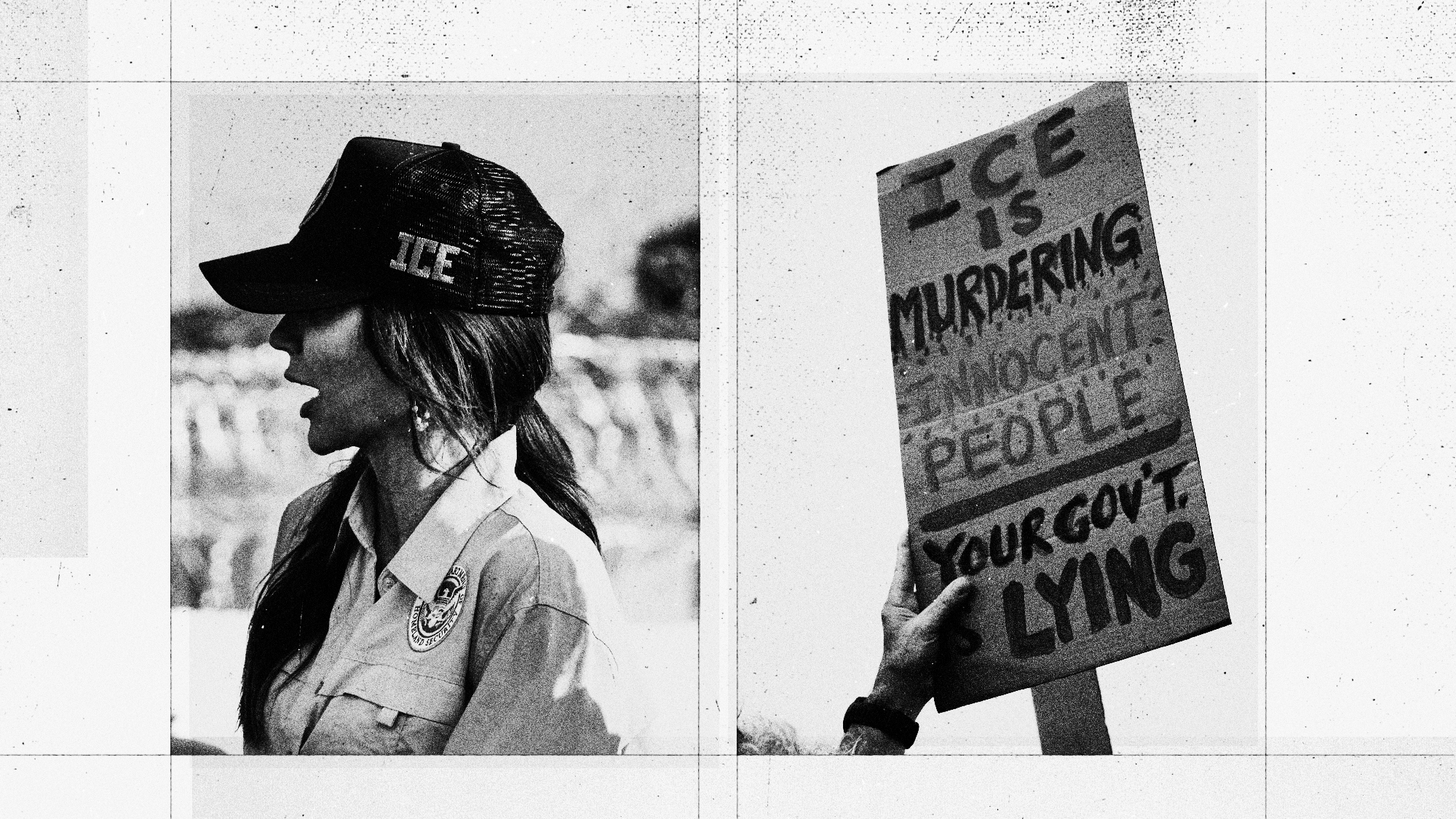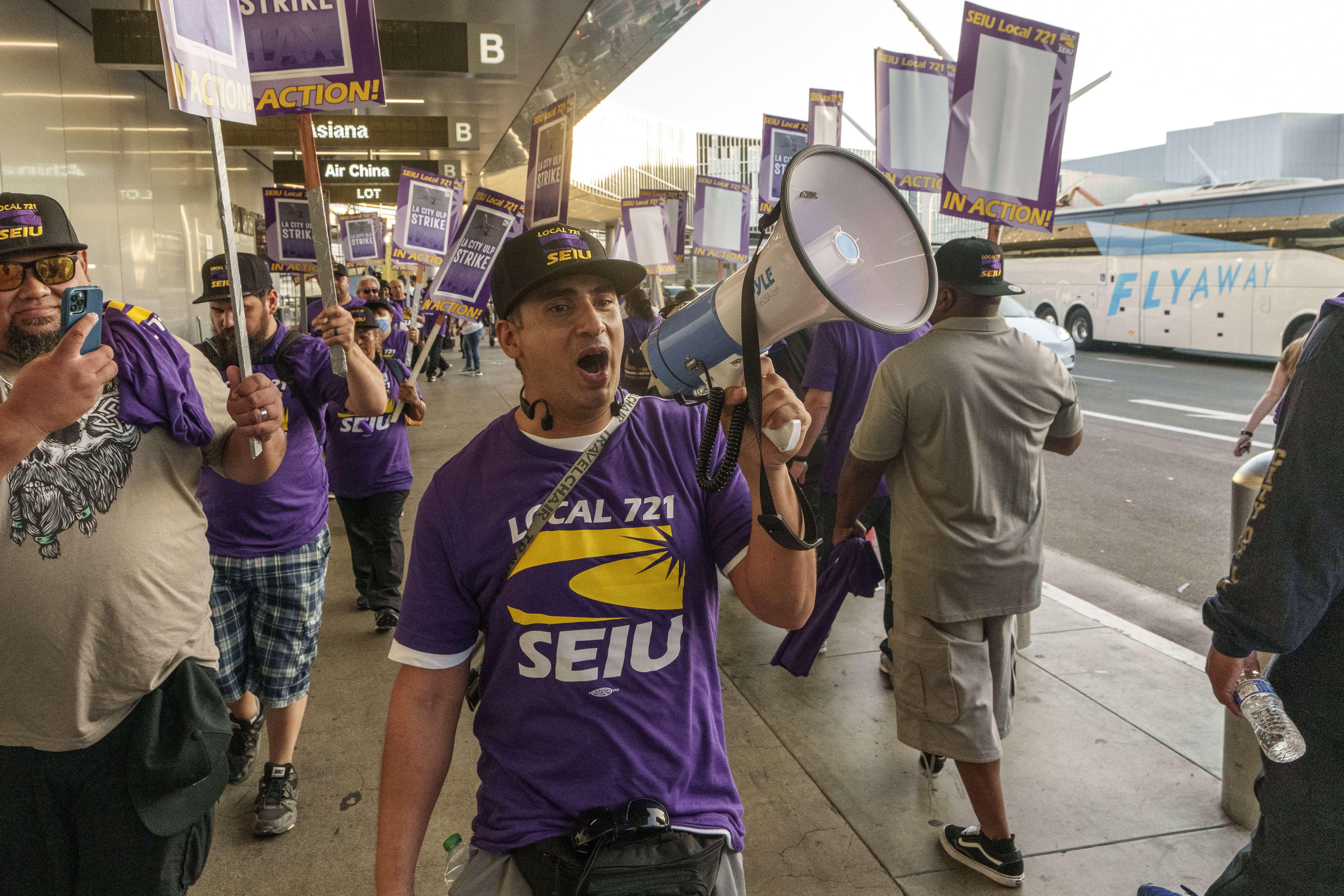New clinical trial boosts case for using MDMA, or ecstasy, to treat severe PTSD


A Phase 3 clinical trial of 90 people with severe post-traumatic stress disorder (PTSD) found that combining MDMA, the illegal psychedelic drug also known as ecstasy or Molly, with talk therapy significantly relieved symptoms, The New York Times reports. Two months after participating in the trial, 67 percent of the combat veterans, first responders, and survivors of sexual assault, childhood trauma, mass shootings, and domestic violence who were given MDMA no longer qualified for a PTSD diagnosis, versus 32 percent given a placebo with their talk therapy.
The study, awaiting likely publication in the journal Nature Medicine later this month, found no serious adverse reactions from the clinical doses of MDMA. If a second Phase 3 trial underway with 100 subjects shows similarly promising results and safety, the Food and Drug Administration could approve MDMA-assisted therapy for therapeutic use as soon as 2023, the Times reports.
"This is about as excited as I can get about a clinical trial," Johns Hopkins neuroscientist Gul Dolen, who was not involved in the research, told the Times. "There is nothing like this in clinical trial results for a neuropsychiatric disease." Jennifer Mitchell, the U.C. San Francisco neuroscientist who is lead author of the study, said she's excited "people are suddenly willing to consider these substances as therapeutics again, which hasn't happened in 50 years."
The Week
Escape your echo chamber. Get the facts behind the news, plus analysis from multiple perspectives.

Sign up for The Week's Free Newsletters
From our morning news briefing to a weekly Good News Newsletter, get the best of The Week delivered directly to your inbox.
From our morning news briefing to a weekly Good News Newsletter, get the best of The Week delivered directly to your inbox.
MDMA was invented by Merck pharmacists in 1912 and revived in 1976 by psychedelic chemist Alexander Shulgin. From 1977 to 1985, hundreds of therapists and other practitioners experimented with using MDMA, some reporting thrilling successes. But after the drug "escaped the clinic to the dance floor" in the 1980s, the Times says, the Drug Enforcement Administration criminalized MDMA and the clinical research dried up. MDMA without talk therapy isn't effective against PTSD, researchers caution, and recreational ecstasy or Molly is sometimes adulterated with dangerous substances.
An estimated 7 percent of Americans — and 13 percent of combat veterans — will experience PTSD, and a significant portion of them don't respond to current medications. Mental health experts also expressed hope that this first Phase 3 trial on psychedelic-assisted therapy could pave the way for research on other banned psychedelics — including LSD, mescaline, and psilocybin (mushrooms) — or the use of MDMA on other intractable mental health conditions. Read more about the research at The New York Times.
A free daily email with the biggest news stories of the day – and the best features from TheWeek.com
Peter has worked as a news and culture writer and editor at The Week since the site's launch in 2008. He covers politics, world affairs, religion and cultural currents. His journalism career began as a copy editor at a financial newswire and has included editorial positions at The New York Times Magazine, Facts on File, and Oregon State University.
-
 ‘The economics of WhatsApp have been mysterious for years’
‘The economics of WhatsApp have been mysterious for years’Instant Opinion Opinion, comment and editorials of the day
-
 Will Democrats impeach Kristi Noem?
Will Democrats impeach Kristi Noem?Today’s Big Question Centrists, lefty activists also debate abolishing ICE
-
 Is a social media ban for teens the answer?
Is a social media ban for teens the answer?Talking Point Australia is leading the charge in banning social media for people under 16 — but there is lingering doubt as to the efficacy of such laws
-
 Nobody seems surprised Wagner's Prigozhin died under suspicious circumstances
Nobody seems surprised Wagner's Prigozhin died under suspicious circumstancesSpeed Read
-
 Western mountain climbers allegedly left Pakistani porter to die on K2
Western mountain climbers allegedly left Pakistani porter to die on K2Speed Read
-
 'Circular saw blades' divide controversial Rio Grande buoys installed by Texas governor
'Circular saw blades' divide controversial Rio Grande buoys installed by Texas governorSpeed Read
-
 Los Angeles city workers stage 1-day walkout over labor conditions
Los Angeles city workers stage 1-day walkout over labor conditionsSpeed Read
-
 Mega Millions jackpot climbs to an estimated $1.55 billion
Mega Millions jackpot climbs to an estimated $1.55 billionSpeed Read
-
 Bangladesh dealing with worst dengue fever outbreak on record
Bangladesh dealing with worst dengue fever outbreak on recordSpeed Read
-
 Glacial outburst flooding in Juneau destroys homes
Glacial outburst flooding in Juneau destroys homesSpeed Read
-
 Scotland seeking 'monster hunters' to search for fabled Loch Ness creature
Scotland seeking 'monster hunters' to search for fabled Loch Ness creatureSpeed Read
